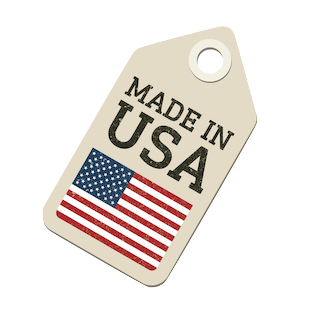
Industry colleagues have been asking why our list of projects has not been updated recently. As a rule, we do not talk about current projects. We have been very fortunate that many of our clients tend to renew, and therefore many projects continue and grow. Thankfully this has indeed been the case recently, so we can only describe current work in very general terms.
There are multiple concurrent projects right now in which Saber Informatics is involved with different degrees of intensity and time commitment, but they all are in the area of implementation of machine learning tools within an organization. They all follow a pattern, which is worth discussing.
Scenarios
Saber Informatics is asked to tighten existing collections of disparate ML tools from multiple vendors, already installed in a self-managed IT environment. Alternatively, we are brought in with the goal of setting up ML/DL tools from scratch but connecting them to the client's data stores (assay results, structures of small molecules and/or macromolecules). There is a clear divide by company size: larger clients prefer to exercise tighter control over the tools and they also have pre-existing relationships with many potential vendors.
Separation of responsibilities
Just as with data preparation, scientists are not evaluated on setting up ML/DL tools ("my job is to support medchem not install software for other people"), while IT groups are not always experts in ML specifically. So the job naturally falls onto a consultant who may already have good and bad experience learned in multiple similar projects. We found that the most important thing is to enable a smooth flow from an idea for a model all the way through data gathering, data cleanup (our other area of expertise!), model training, and finally model deployment. Another point that we want to make: once a model is deployed, it has to be refreshed (fed more and newer training data) or it will become outdated - this is a mundane but crucial task. It all sounds simple but it isn't easy.
Navigating to success
In any organization there are three aspects that need to be taken into account while trying to make changes or setting up new tools: technology, politics (ownership of resources), and culture (traditions). For a consultant, navigating all three at the same time is an art form. If done successfully, it is always rewarding - a senior scientist said "for me, this made modeling fun again!". When the tools really work, it becomes possible to scale up, create multi-step task sequences that were never possible before. This suddenly allows scientists to explore and experiment with combinations of model parameters and algorithms that they simply could not before, because before it had been too much to do manually. The goal here is to achieve a qualitative change, not just integrate a set of software tools.
Contact us (sales_at_saberinformatics_dot_com) or call us to discuss in confidence the challenges your organization is facing and how we can address them together.



